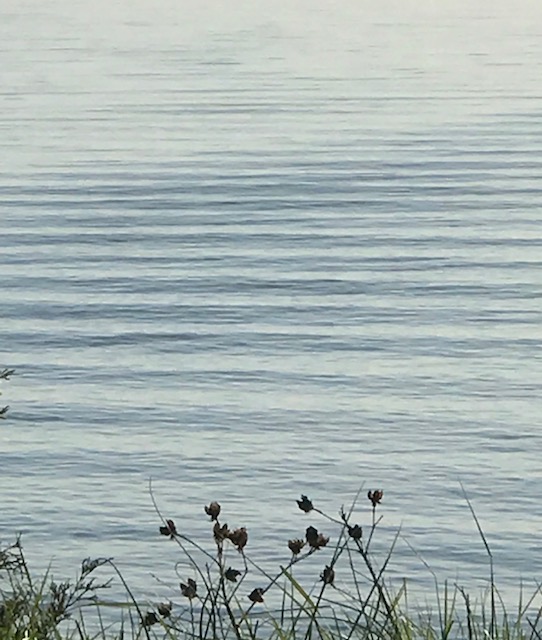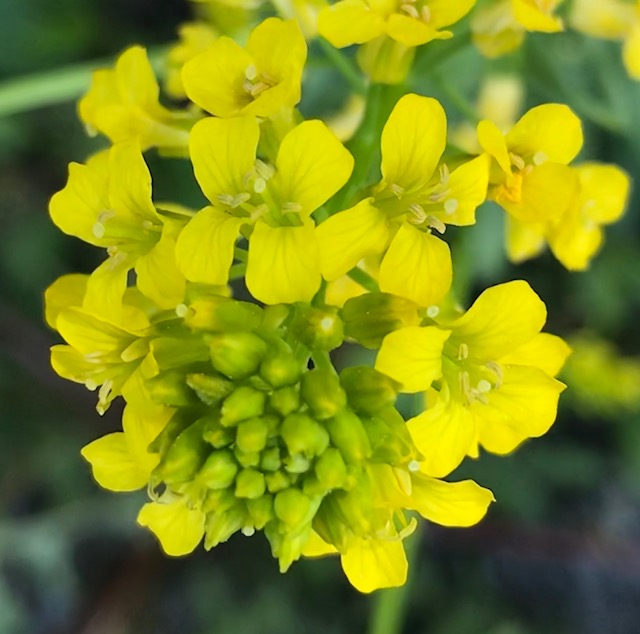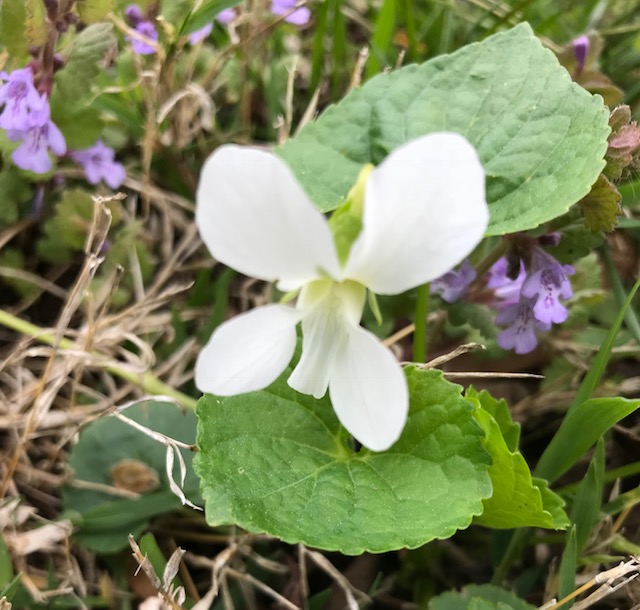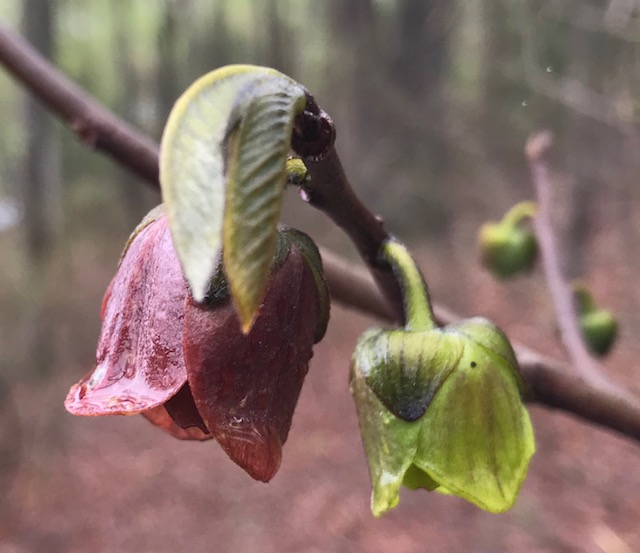
Waterlines are magical and so soothing. Breathe.

Waterlines are magical and so soothing. Breathe.

At first I thought it was a new constellation reflected in the river. But the constant twinkling motion made me realize it had to be Tinkerbell and her gang!

I never realized how long and elegant a tree swallow is for such a small bird. Must be the swallowtail!

Wild mustard is a wonderful spring wild edible. If you’re lucky, you’ll see fields of it in bloom!

Raindrops are fun! …especially when you aren’t getting wet and sometimes when you are!

Depending on the interest of our local bird population I hope to be able to follow the development of these tiny wild cherries and show you how they grow. They are very edible. Once upon a time I was famous for my wild cherry jelly.

When I was a kid I thought white violets were the most beautiful flowers in the world. One day as I was cutting through my neighbor’s yard to get to my piano lesson at Mrs. Howl’s (okay-Howell’s), I took a kitchen knife and a paper cup with me so I could dig one up from their yard to plant in my own yard. I was never been able to forget that indiscretion because that one plant spread and turned into hundreds of white violets all over my parents’ backyard. Fortunately they are great sprinkled over salads or sugared and used to decorate cakes. Or just eat them right when you pick them so you can say you did.

That is a trick question. Each dandelion ‘flower’ head is actually composed of thousands of small ray flowers. So you might think of each dandelion as a very compact bouquet! Each ray flower makes an individual seed that will eventually fly away with a little help from you or a friendly breeze. The leaves, blossoms and roots of the dandelion are edible. You can pick the greens in your yard or buy larger dandelion greens at Whole Foods. The flowers are also collected to make wine. I had dandelion wine once at a farm in Ontario. It was over 40 years ago so I don’t remember it very well. I do recall that I thought it was very strong! But I was able to finish my glass. You can find dandelions all over the world. People used to plant them in their gardens. Maybe they still do… I have started planting them around my mailbox…

Look what I found behind an old barn at the back of a field! So overwhelmed by the beauty of such incredible masses of cherry blossoms I forgot to take a photo of the snowfall of white petals swirling around me and blanketing the ground. You’ll just have to imagine!

Pawpaw blossoms are among my favorite spring flowers. The pawpaw fruit is delicious but squirrels and deer usually get to it before I do. Do you know the nursery rhyme song, “Pickin’ up Pawpaws! Put ’em in your pocket?”
Call it the American Custard Apple or the West Virginia Banana, but it’s neither apple nor banana. It’s the Paw-paw (Asimina trilob), the largest native fruit of North America, and it grows throughout Appalachia. There are about seven other members of the genus Asimina, all growing in the southeastern U.S. Mature pawpaw trees produce fruits 2″ wide by 10″ long, which turn from green, to yellow, and then black as they ripen in the fall.
Where, oh where is pretty little Susie?
Where, oh where is pretty little Susie?
Where, oh where is pretty little Susie?
Way down yonder in the paw-paw patch.Come on, boys [or girls, or kids], let’s go find her,
Come on, boys, let’s go find her,
Come on, boys, let’s go find her,
Way down yonder in the paw-paw patch.Pickin’ up paw-paws, puttin’ ‘em in her pockets,
Pickin’ up paw-paws, puttin’ ‘em in her pockets,
Pickin’ up paw-paws, puttin’ ‘em in her pockets,
Way down yonder in the paw-paw patch.—The Paw Paw Patch
Traditional folk song
Paw-paw fruits are rich in minerals such as magnesium, copper, zinc, iron, manganese, potassium, and phosphorus. The fruit also contains abundant concentrations of Vitamin C, proteins, and their derivative amino acids. The Peterson Field Guide mentions that the seeds, along with being an emetic, have narcotic properties.
 The paw-paw pulp may be eaten raw, made into ice cream, baked, or used as a pie filling. Some Appalachian cooks make a custard out of “Poppaws.” Seed them, mash them, add milk, a little sugar, an egg and some allspice. Pour the batter into custard cups and set those in a bread pan with some water in the bottom of the pan. Bake at a medium heat. Stick a broom straw or toothpick in, and when it comes up clean it’s done. Paw-paw also makes an excellent dry, white wine. It can be made from fresh or canned fruit.
The paw-paw pulp may be eaten raw, made into ice cream, baked, or used as a pie filling. Some Appalachian cooks make a custard out of “Poppaws.” Seed them, mash them, add milk, a little sugar, an egg and some allspice. Pour the batter into custard cups and set those in a bread pan with some water in the bottom of the pan. Bake at a medium heat. Stick a broom straw or toothpick in, and when it comes up clean it’s done. Paw-paw also makes an excellent dry, white wine. It can be made from fresh or canned fruit.
The paw-paw is sensitive to ultraviolet light, thus, paw paw seedlings may not grow back after forests have been clear cut, and there are very few virgin forests left in the United States. Paw-paws can be found growing there abundantly, but once the forests are harvested, the paw paw will not usually re-establish.
sources: www.fred.net/kathy/pawpaws.html
http://www.pawpaw.kysu.edu/